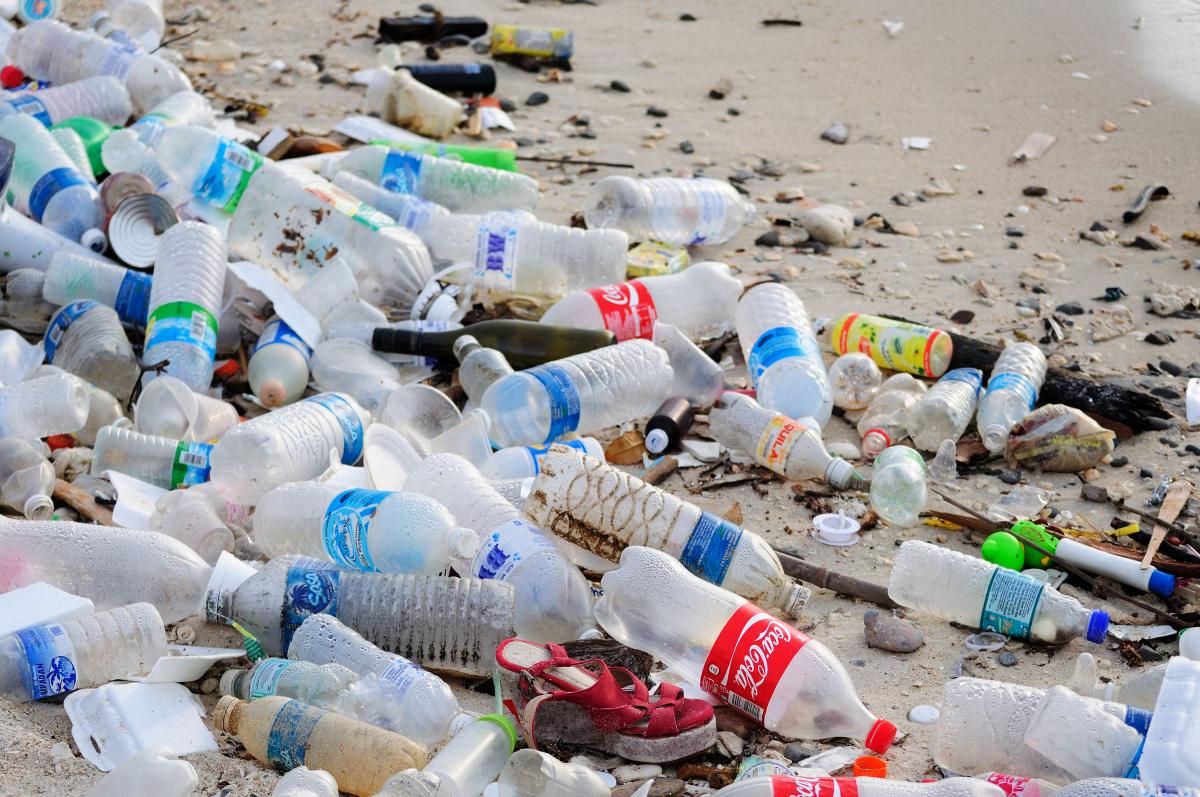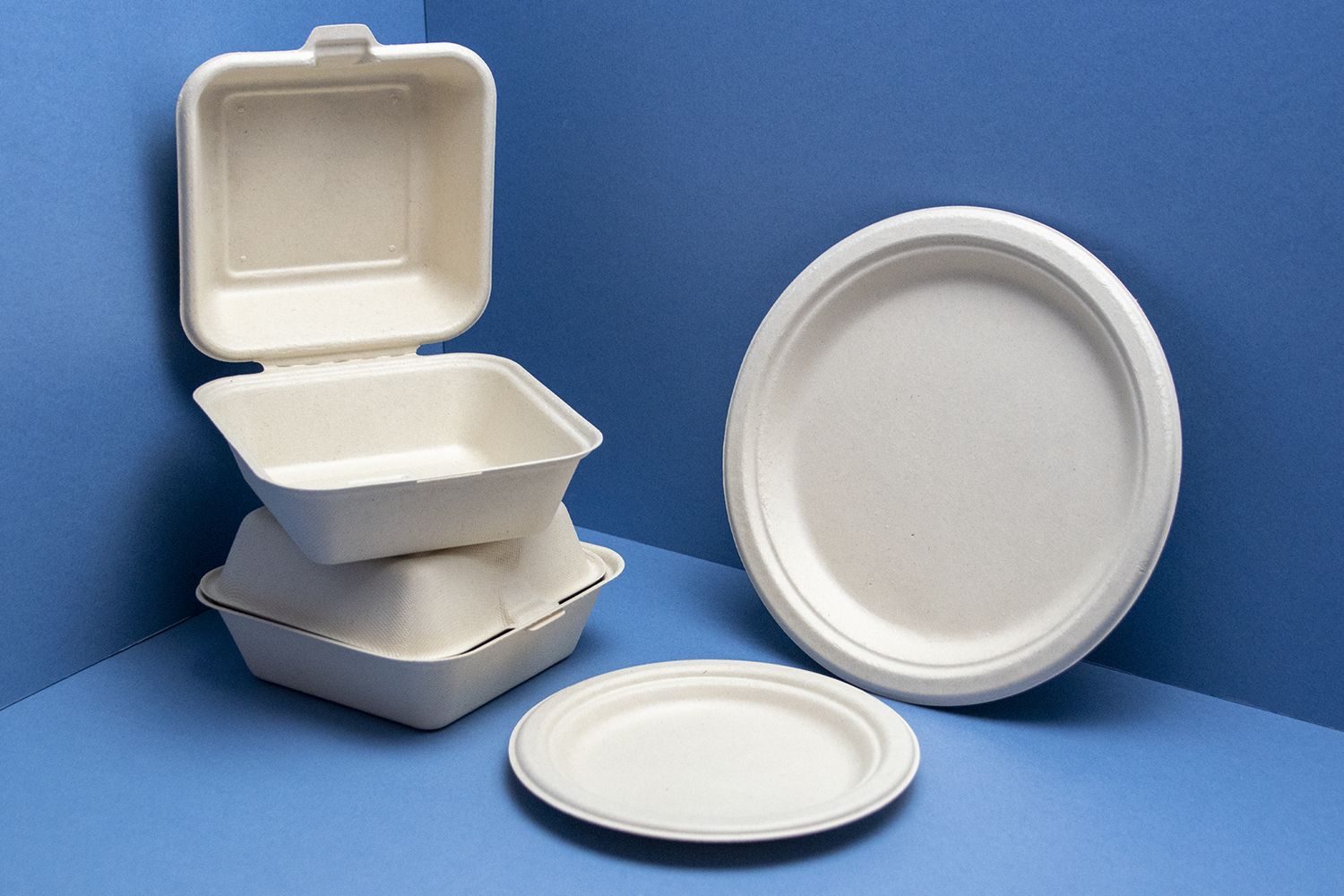POLLUTION PROBLEM
Plastic pollution has become one of the most pressing environmental issues, as rapidly increasing production of disposable plastic products overwhelms the world's ability to deal with them. Plastic pollution is most visible in developing Asian and African nations, where garbage collection systems are often inefficient or nonexistent. But the developed world, especially in countries with low recycling rates, also has trouble properly collecting discarded plastics.
SOLUTION
The Dutch company Avantium produces a plant-based plastic that is 100% recyclable and degradable, with superior performance properties compared to today's petroleum-based packaging materials. The material is polyethylene furanoate (PEF) which is a kind of plastic called polyester. The difference is that it is made entirely from bio-based feedstocks (sugars). Avantium states that the sugar is currently sourced from sugar beet, sugar cane, wheat and corn as well as non-food crops such as agricultural residues. The sugars extracted from these plants are subjected to a series of chemical reactions to obtain the building block molecules.
Food crops based bioplastics are not as climate-friendly as onewould assume, as the large scale production of bioplastics would require changes in land use globally — from high CO2 absorbing forests to arable land. Avantium's PEF however showed a 45–55% greenhouse gas reduction potential (from corn starch feedstock) compared to current petroleum-based plastics. Switching to agricultural residues such as straw could provide increased carbon savings in the future.
As a plastic, the usages of plant-based PEF are considerable, but is currently being used in the packaging, textiles and plastic films markets.

Plant-based packaging

3 Types of Plant-Based Packaging Materials
1. Bagasse
As a by-product of harvesting sugarcane, bagasse is a naturally renewable resource. The material is workable and durable; can hold hot, wet, and oily foods; and is grease-resistant, which means it has wide applications in packaging for hot and cold foods.
2. Polylactic Acid
Polylactic acid (PLA) is a bio-sourced plastic made using extracts from plants including sugarcane and cornstarch. This bioplastic is most often used to make plastic films and food containers, substituting petroleum-based plastics like PET (polyethylene terephthalate).
3. Paper and Paperboard
Paper and paperboard packaging is made using virgin or recycled pulp. The former creates a more durable end-material, which can be used for packaging products including greaseproof paper and rigid boxes. Recycled pulp comes from waste paper products, such as old containers, newspapers, and magazines. Because the end-material's fibers are weakened during the recycling process, this pulp is more likely to be used for less sturdy items, such as french fry boxes. Packaging produced using 100% recycled paper is referred to as molded fiber.
The Benefits Of Plant-Based Packaging
Environment benefits of using compostable packaging are substantial. It requires less carbon to produce, reduces the amount of waste sent to landfill and produces no toxins as it breaks down. The business benefits are sometimes overlooked, but are just as significant. Eco-friendly packaging not only reflects well on your overall company image, but also suggests a higher quality product. More and more people are acting on their concerns for the environment by 'going green'. For this reason, plant-based packaging is likely to expand your customer base.
What Is Plant-Based Packaging?
Plant-based packaging is made from naturally renewable materials derived from plants. It's completely organic, as opposed to many forms of traditional packaging like plastics, and can take many forms.
As countless countries turn their back on single-use plastics — including England, Scotland, Germany, Canada and India, to name just a few — the world needs more suitable and sustainable packaging alternatives.
This is where plant-based could revolutionise the way packaging is perceived, from being a burden on the environment to something that could actually benefit the planet.

Plant-Based Packaging for Food Service
Packaging made from plants has endless applications, but it's particularly useful in the food service industry.
That's because food packaging is often spoiled by moisture, oil, grease, fat or anything else that comes from the products it contains, from burgers and pizzas to desserts and ice cream.
This leaves customers in a predicament — how should they responsibly dispose of their packaging waste?
The issue is so pervasive that some local councils have banned fast food packaging from their recycling bins on the count that most food packaging from certain outlets is essentially too spoilt to be processed at their facilities.
Examples of Plant-Based Packaging for Food (and Drinks)
Packaging made from plants sounds great in principle, so what exactly does it look like, and how can it be used? Some forms of plant-based packaging have been around for decades, while others are just emerging.
Here are a few examples of plant-based packaging:
-Bagasse Containers (Sugarcane Pulp)
-PLA Bioplastic Cups (Polylactic Acid)
-Kraft Virgin Pulp (Paper)
